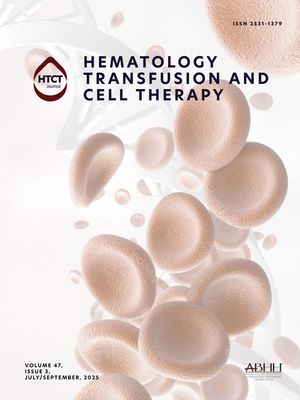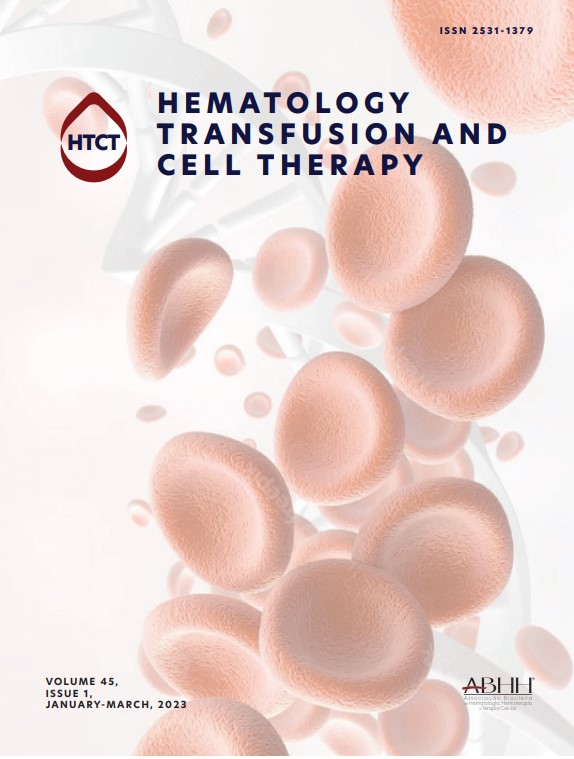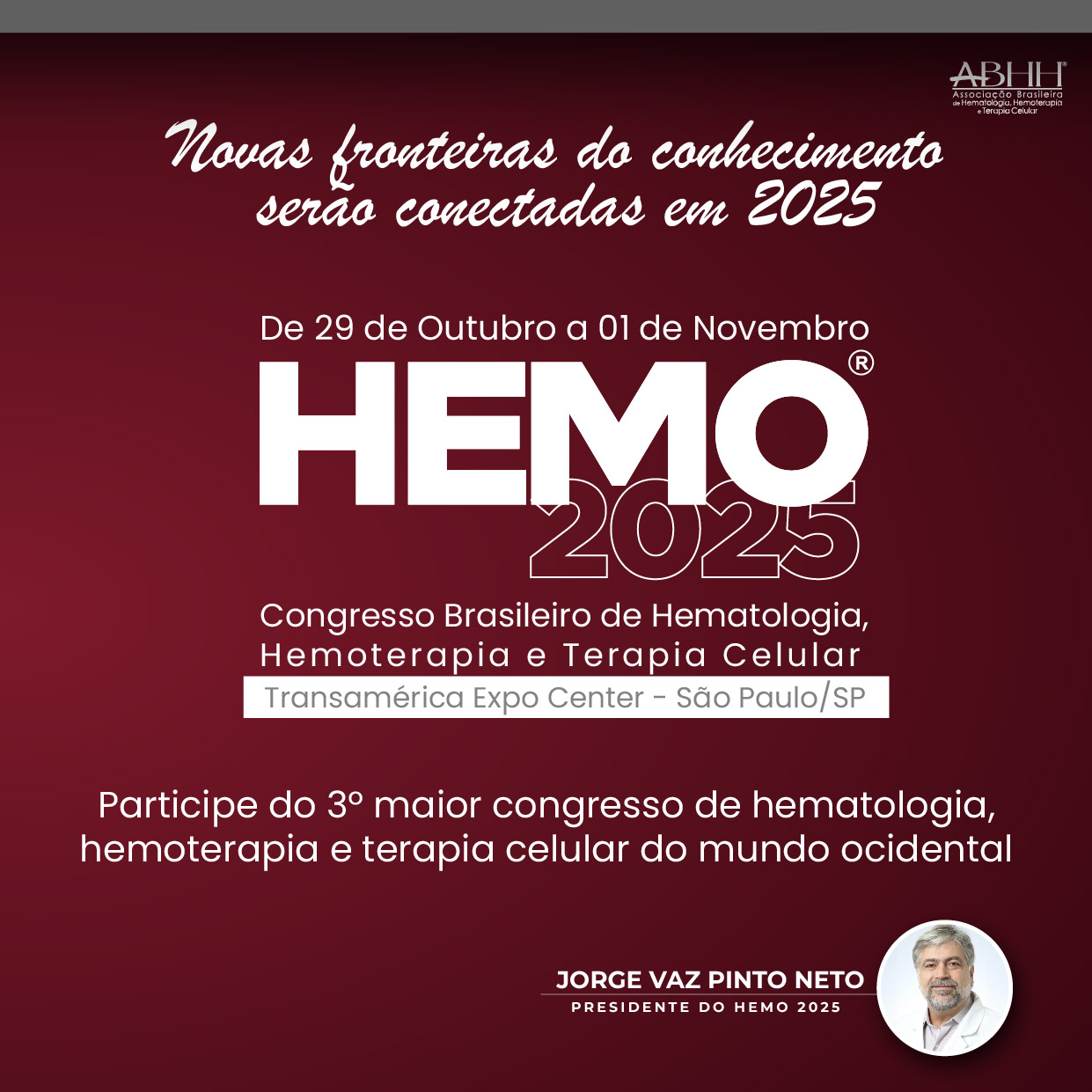
Primary extranodal non-Hodgkin's lymphoma (eNHL) usually presents at an early stage, as an extranodal organ involvement along with draining lymph nodes only or the predominant site is extranodal. As an eNHL, primary skeletal muscle lymphoma is very rare. The usual clinical picture is local swelling and pain with or without systemic symptoms. MRI features are distinctive and FDG-PET/CT may help to evaluate the stage and monitor the response to the treatment.
Case reportA 56-year-old male, presented with a one-month history of swelling and pain on his left ankle. There was no history of trauma or any physical strain. A mass lesion was palpated on the calcaneus bone. MRI showed diffuse muscle involvement. The clinical picture was not consistent with infection or hematoma. The blood cell count and biochemical investigations were within normal limits. Serology for hepatitis B, C and HIV were negative. Biopsy was decided.
MethodologyHistological examination revealed CD19, CD20, bcl-2 and bcl-6 positive B-cell lymphoma with a Ki67 proliferation index of 95%. Myc, bcl-2, and bcl-6 gene rearrangements were not detected. Diffuse large B cell lymphoma was diagnosed. FDG-PET/CT showed lesions in multiple regions only limited to skeletal muscles but no other organ involvement. He had no adverse risk factors but bulky lesion (11cm sized lesion). After 6 courses of R-CHOP protocol, he had complete anatomic and metabolic response.
ConclusionHealthy skeletal muscles do not have lymphatic system. Lymphomatous involvement of muscles occurs by 3 pathways as dissemination via the haematogenous or lymphatic pathway, extension from adjacent organs, such as the bones or lymph nodes, and de novo primary extranodal disease. Most of the histology primary skeletal lymphomas have the aggressive B-cell immunophenoty. In general, treatment is similar to nodal lymphomas. In conclusion, we aimed to contribute in experience with this rare eNHL type.




